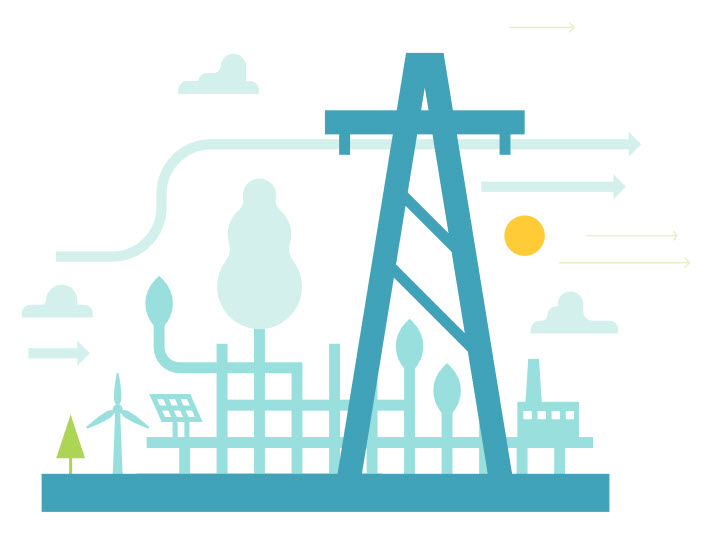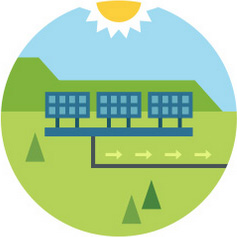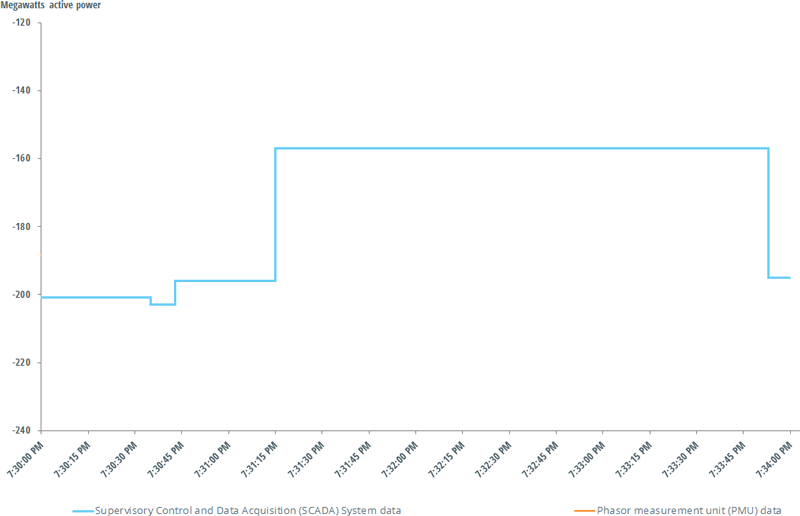The New England states have set aggressive policy goals to lower carbon emissions and increase the amount of renewable energy, and are national leaders in implementing energy-efficiency (EE) measures, such as the use of more efficient lighting, appliances, cooling, and building operation.
Modernizing the electric power grid is also a priority in New England and across the country. Smart grids will help:
State efforts to modernize the grid also open up new approaches to demand resources (including energy efficiency, demand response, and distributed generation) and for coordinating planning, operations, and pricing between the wholesale and retail sectors.
But as customer power consumption becomes more price-responsive and as more customers produce their own power (for example, with solar photovoltaic systems), demand becomes less predictable, supply less controllable, and operations more complex. This poses operational challenges that the ISO has been actively working on surmounting. The greater interconnectedness of systems also means the ISO must invest in protection against cyber threats that could affect the operation of the grid or marketplace.


Investing in a highly-skilled staff allows ISO New England to actively pursue innovations on behalf of the region to help create a more efficient, responsive, reliable power system that can handle smart grid technology, as well as the integration of more demand resources, renewable generation, and other new and emerging technologies. Here are some examples of recent or ongoing ISO efforts:


The region’s new PMUs measure grid conditions 30 times per second, painting a much more accurate picture of what’s happening on the power system than traditional SCADA systems that measure grid conditions every 2 to 10 seconds. In this graph, for example, the high-resolution PMU data reveals abnormal power oscillations that the SCADA data does not. Real-time alerts enable the ISO to quickly respond to abnormal oscillations, which can cause potentially dangerous fluctuations of power flows on the grid without corrective action.